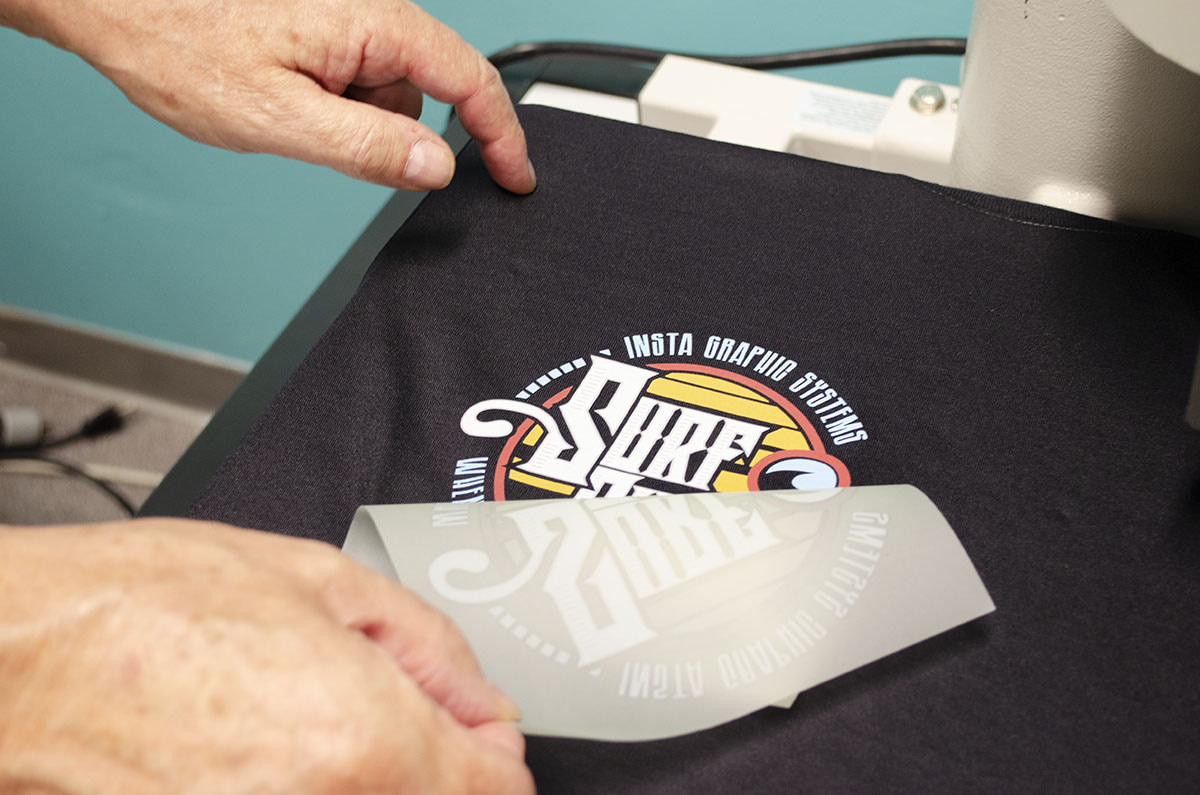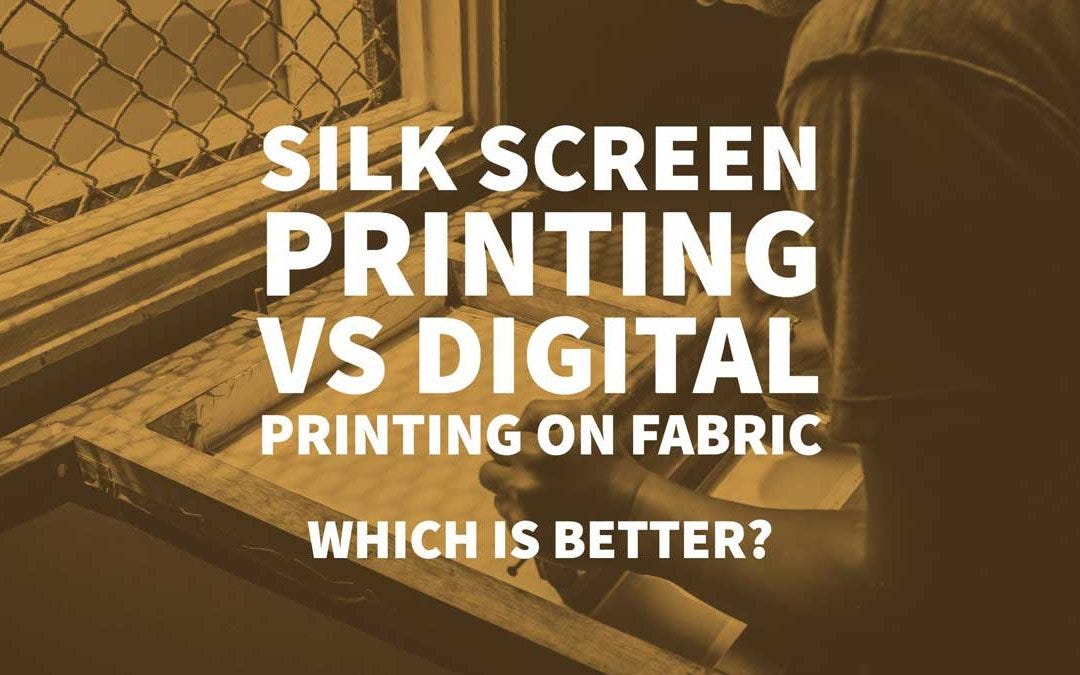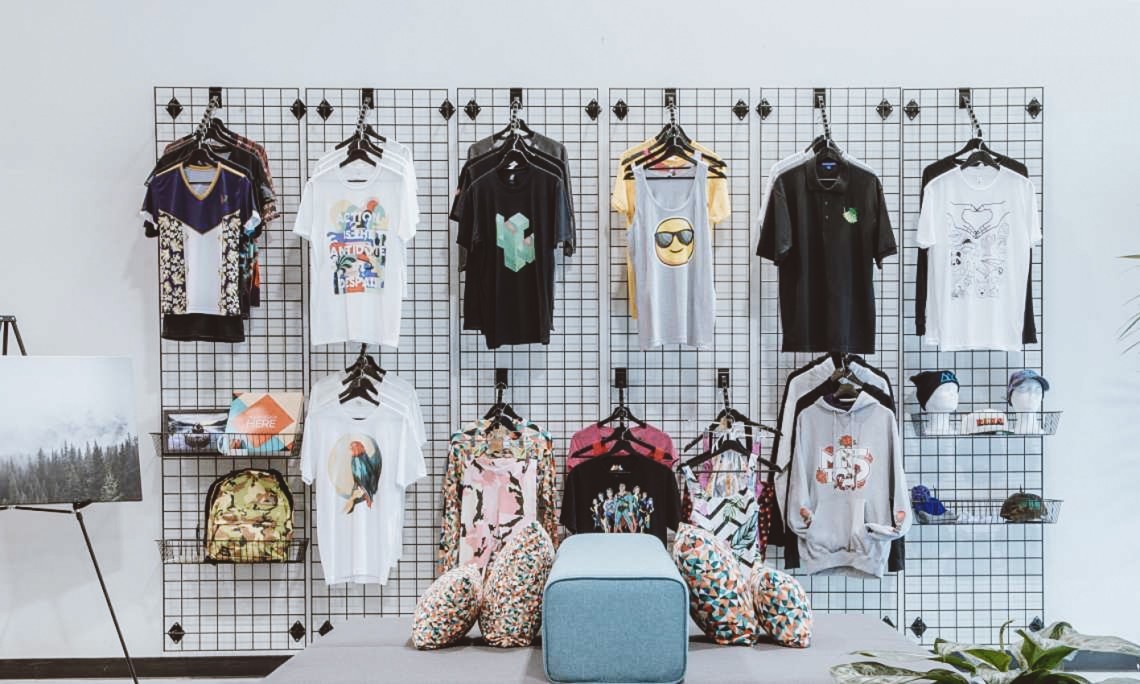The 7-Second Trick For Tx Tees
How Tx Tees can Save You Time, Stress, and Money.
Table of ContentsEverything about Tx TeesWhat Does Tx Tees Do?The Buzz on Tx TeesExcitement About Tx TeesExcitement About Tx TeesThe Only Guide for Tx TeesHow Tx Tees can Save You Time, Stress, and Money.
That brings your total to approximately $1,900 gross and delivery. Accumulate other prices, like the variety of energies it requires to run the shop and the price of ink and emulsion per layout. custom cap printing. Take the print below as an example. This is a one-color image, so the price of ink per shirt is about 20 cents.The solution must only be a few cents considering that you 'd only need to coat one screen for this job. Generally, printers attempt to make up to 45% earnings on a print job.

With DTF, you can publish a handful of tee shirts, or just one. Make use of the very same calculator as the section above to compute just how much profit you 'd use DTF transfers. Compare the prices and revenues to whichever method talks ideal to your arrangement and process. Both display printing and DTF have their particular niches worldwide.
Examine This Report about Tx Tees
The best method to recognize? Ask around and see what printing shop like yours are doing. screen printing shop. Try both out and see which you like much better
When you're picking what kind of printing method to use for printing your artwork layouts on your garments, it is essential that you know the differences between these two strategies so you can maximize results while reducing expenses. Screen printing is the most frequently utilized strategy for printing designs on fabrics.
DTG printing is also known as spot or direct to garment printing due to the fact that it publishes just what is required as opposed to making a display as screen printers do. https://www.edocr.com/v/ye7brg6b/txtees02/tx-tees. Display printing works by display filler squeegee screen printing ink display mesh screen, after that transferring the photo to garment utilizing warmth and/or stress
The DTG printer uses unique dye-sublimation inks that are used into a pre-designed photo by a digital printing system. The inks become part of the textile, allowing for vivid colors and outstanding detail. It's likewise understood as spot or direct to garment printing due to the fact that it prints only what is needed as opposed to making a display as display printers do.
The Ultimate Guide To Tx Tees
First, it's much quicker - you can publish a fullcolor photo in mins, instead of hours for screen printing. Second, there's no set up time or costs included - you can publish any type of style you like, without having to produce a screen. Third, there's no waste - since display printers display print one layout at a time, they have to screen each color separately.
The paper is very expensive and can only be used as soon as. Once it's published on, it needs to be thrown out. - The initial acquisition rate is less than the ahead of time financial investment of DTG printers- You can publish multi-color layouts one display at a time instead of having to publish each shade individually like DTG printing.

The Best Guide To Tx Tees
However, rather than making use of display mesh as screen printers do, dye sublimation printers utilize laser modern technology to transfer your photos onto garments or paper. A heat process moves the dye from its solid-state directly into the gas stage which subsequently merges it onto textile substratums when they are rapidly heated to heats under high pressure.
Sublimation printing is green. It uses less water than screenprinting, and because it doesn't entail using damaging solvents, it's risk-free for all kinds of clothing. The dye sublimation inks are likewise odor-free when healed, unlike display printers that make use of hazardous chemicals throughout the display printing process that leave behind an unpleasant smell.
They additionally conserve money on costly devices like exposure systems since dye sublimation printers do not call for a UV exposure unit or a flash remedy stove that is commonly used in screen printing (screen printing shop). What is direct to garment printing (DTG Printing)? DTG printing is a digital screenprinting process that publishes directly onto fabric using specialized inkjet printers
The Main Principles Of Tx Tees
DTG printing offers numerous benefits over standard screenprinting, consisting of the ability to publish photographic top quality pictures, greater shade vibrancy, and the capacity to publish layouts on darker materials. DTG printers function by heating up the fabric ink till it turns into a gas. The gas then penetrates the material, bonding with the fibers browse around this web-site to create an irreversible print.

Display printers merely prepare their display after that start printing up until they run out of product or ink.- There is a wide range of experienced screen printers all over the world, which can be useful for beginners. - It's a slower procedure - display printers frequently need to await the ink to completely dry before they can publish the following shade- Screen printers require hand-operated labor, so there's a greater knowing curve and it takes longer to generate a high-quality layout- Screen printing isn't as precise as DTG printing, so you might get some "bleeding" of shades from one part of the photo onto another if not done effectively.
The Facts About Tx Tees Revealed
Instead of utilizing screen mesh as screen printers do, color sublimation printers use laser innovation to move your photos onto garments or paper. A heat procedure moves the dye from its solid-state directly into the gas stage which consequently integrates it onto fabric substrates when they are swiftly heated up to heats under high pressure.
Sublimation printing is green. It uses less water than screenprinting, and since it doesn't involve the usage of harmful solvents, it's risk-free for all kinds of clothing. The color sublimation inks are also odor-free when healed, unlike display printers that use damaging chemicals throughout the display printing procedure that leave behind an unpleasant smell.
They also save money on expensive tools like direct exposure systems given that color sublimation printers don't require a UV exposure unit or a flash treatment oven that is usually utilized in display printing. What is direct to garment printing (DTG Printing)? DTG printing is an electronic screenprinting process that prints directly onto fabric using specialized inkjet printers.
4 Easy Facts About Tx Tees Shown
DTG printing provides numerous benefits over traditional screenprinting, consisting of the ability to print photo top quality pictures, greater shade vibrancy, and the capability to print designs on darker textiles. DTG printers work by heating the fabric ink till it develops into a gas. The gas after that penetrates the material, bonding with the fibers to create an irreversible print.